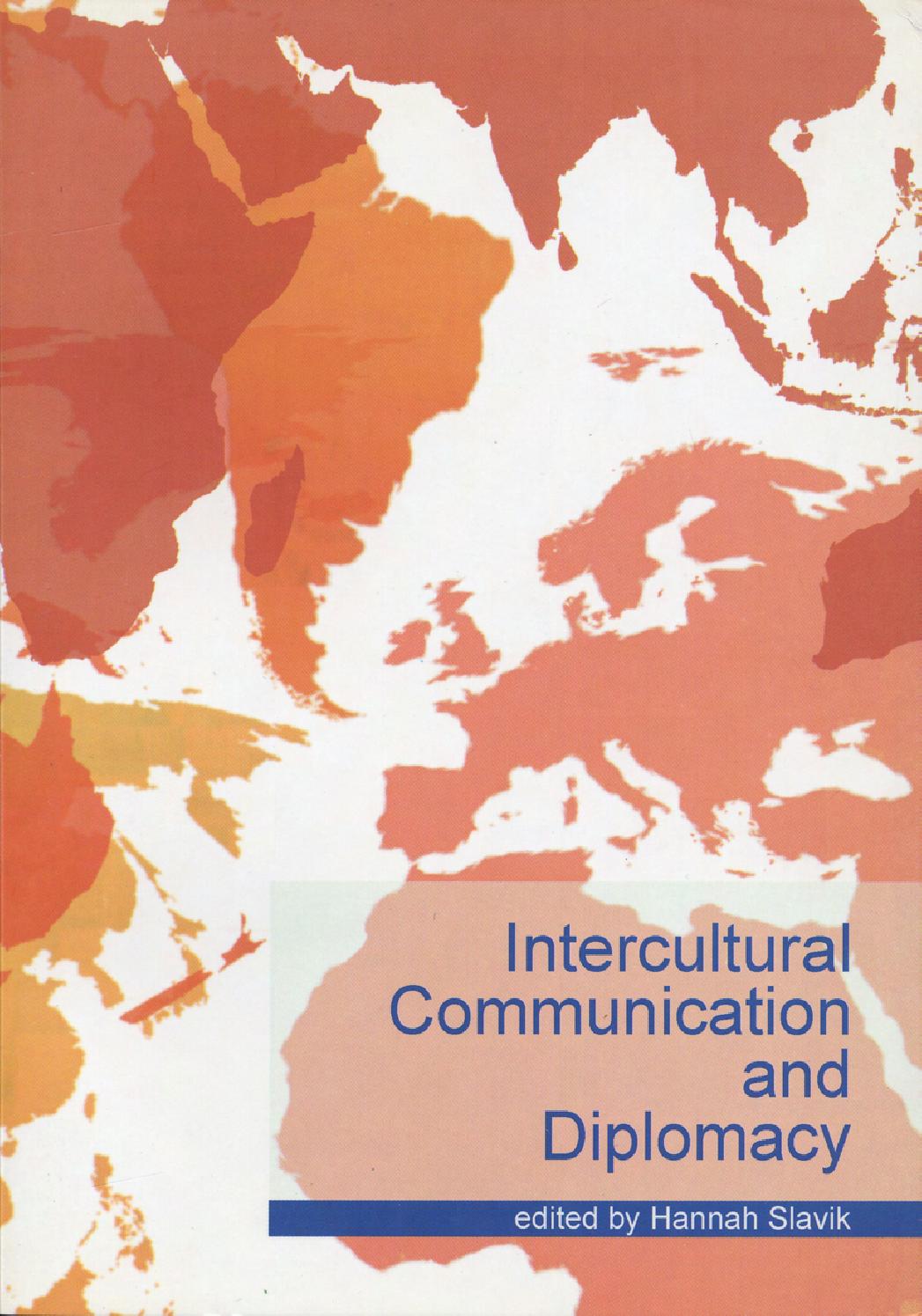Here is one of those numerous epigrammatic phrases that give his writings their enduring power. Wight did not discuss summit conferences per se, but I want to take this phrase ‘moments of maximum communication’ as my text for the reflections that follow, because I think it takes us to the heart of summit diplomacy—both its opportunities and its dangers. The term ‘summit’ was coined by Winston Churchill, a wordsmith as well as a practitioner of international relations, who also popularized the terms ‘special relationship’ and ‘iron curtain’ which, like ‘summits’, have become features of modern diplomatic discourse. In February 1950, in the depths of the Cold War, Churchill suggested that nothing would be lost by what he called ‘a parley at the summit’ and in May 1953 he repeated his call for ‘a conference at the highest level’, appealing for a will to peace ‘at the summit of the nations’. The meeting of the leaders of the United States, the Soviet Union, the United Kingdom and France at Geneva in July 1955 was billed as a ‘summit’ by the media and thereafter the term became commonplace, applied to face-to-face encounters from Richard Nixon’s visits to Beijing and Moscow in 1972 to plenary meetings such as the November 2008 G20 conclave of world leaders to discuss the global economic crisis. Despite the importance of summit meetings in international relations, summitry as a diplomatic genre has received surprisingly little attention from diplomatic historians or political scientists. Even in studies of individual summits.





